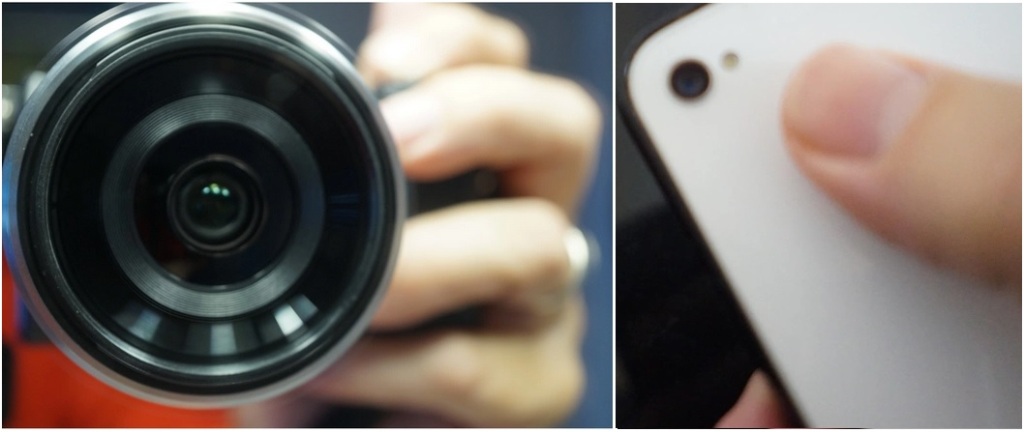
A few days ago a heavy frost greeted the morning sun on a cloudless December day. Many glittering subjects presented themselves to admire; or if equipped with a camera, then to record and share with others, or to record and admire again and again as the future rolls along. Usually when setting off from home for errands, I try to be sure to have a camera along, just in case something catches my eye. Most often this is a trusty old 2014 model cellphone (Nokia Lumia 635) now unsupported for telephone service, but still nicely making photos, video clips, and light wifi-based browsing or photo sharing. But on this fine frosty morning I decided to put my mirrorless camera around my neck in case a composition of opportunity came along.
How differently I moved through the cityscape with this unaccustomed camera pulling down on my neck, kept warm by tucking it under my coat. Conscious of the fancy optics keeping me company, my look around the streetscape was motivated like a hunter in search of prey. As a result, the unencumbered thoughts and reflections that I am accustomed to when equipped with just the ordinary snapshot cellphone now were traded for concerns for potential pictures with this dedicated, sophisticated interchangeable lens digital camera. And if this APS-C camera comes with certain inhibitions that held me back from the usual roaming thoughts, then it stands to reason that other forms of camera also carry their own predisposing habits of seeing and thinking, too.
Reading through Photography Speaks, 150 Photographers on their Art (Brooks Johnson, Aperture: 2004) the roughly chronological arrangement of picture masters includes a page for Bernice Abbot (1898-1991), who took 300 photos in the bustling city for her 1939 book, Changing New York. Surely the logistics of large-format sheet film camera and tripod would shape, if not determine, subjects able to be recorded in this sponsored documentary project. Elsewhere, there was the revelation in photojournalism made possible by handheld, roll-film photography, such as the Leica in Henri Cartier-Bresson‘s hands, and with numerous contemporaries at the Magnum Photographers’ Cooperative. The form factor of Edwin Land‘s Polaroid camera and its instant film in black and white and later in color opened up many new photographic relationships between the person composing a shot and his or her subjects. Digital cameras by themselves and then later coupled with electronic transmission by cellphone, including several popular ready-made publication platforms of social media, also changed the kinds of things sized up as suitable compositions.
So, depending on your purpose (open-ended photowalk; semi-structured wandering; class project; opportunistic hunt for compositions in special light or weather; or an event with deadline for finished photos) and also according to your relationship to the subject/setting, carrying a big camera or a small one will affect the things likely to catch your eye. There are times when you set off with one sort of purpose, but along the way respond in a different way to the subjects that present themselves.
In any case, as the adage goes, “the best camera is the one that you have with you” (not the one left at home). So it is worth the effort to stop and compose the picture and record it to think about it again in the future. In other words, setting off fully intending one sort of photography will dictate which kind of camera to carry, a big one or a small one, or something in-between. Then equipped with that gear, the range of possible pictures is predisposed in some way (hand-held versus tripod-dependent camera, for example). The reverse is also true: it is not just the gear and the person’s purpose that affect what is seen as a promising subject, but it is also the subject that draws one’s attention that may affect the range of possible interpretations to photograph. Gear dictates the possible shots; subjects dictate the possible shots in some sense, too.
Understanding this interdependence of gear, photographer’s eye for possible composition and interpretation for emphasis or muting, and the views offered by each subject helps a person to appreciate the factors that contribute to the eventual exposure that is captured through the lens. No matter if picture-taking is one’s primary occupation or it is incidental to the path taken on any given day, it is worth knowing that camera particulars can surely affect the relationship of the person to the place and its available subjects.
